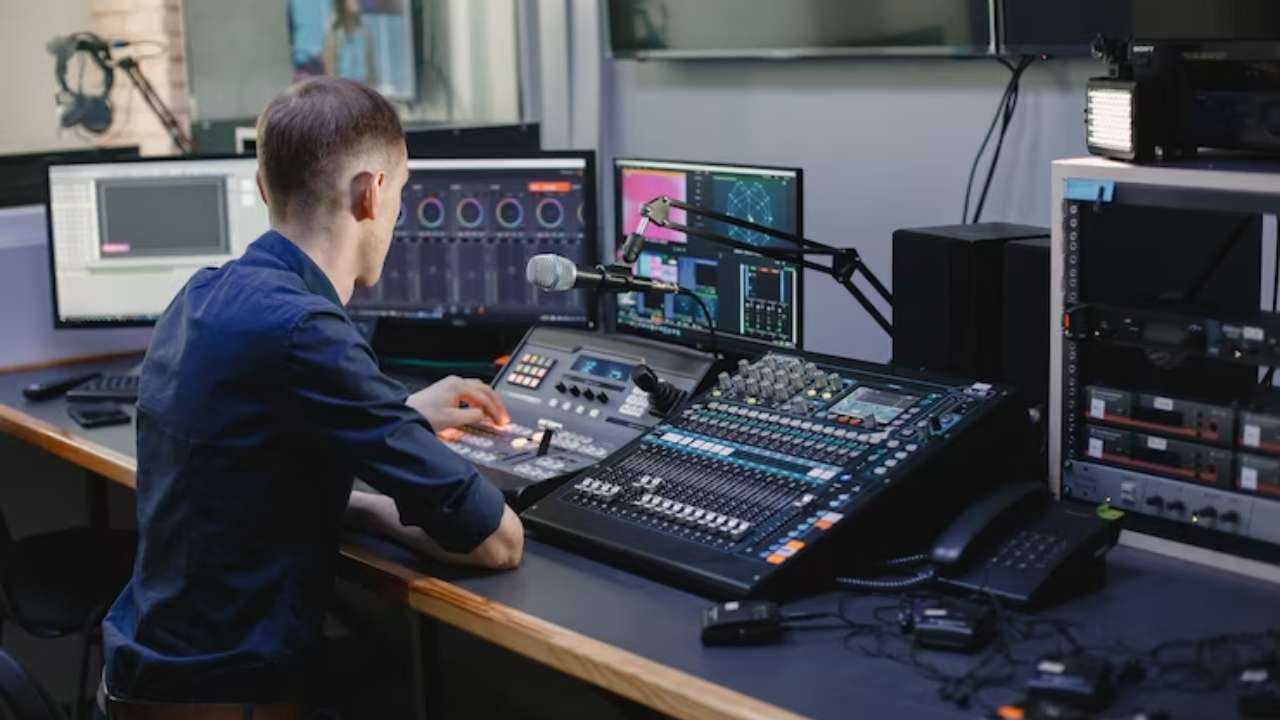In well-lit illumination conditions, motion detection is typically more reliable. As there is ample light, sensors and cameras can capture sharper pictures, which helps in identifying moving elements. Well-lit conditions allow for better distinction between the dynamic element and the surroundings. This differentiation is crucial for both human viewers and automated technologies, as it makes it simpler to distinguish between stationary and dynamic objects in a setting. Therefore, making sure that areas are well-lit can significantly enhance the performance of motion detection technologies.
On the other hand, low-light environments can pose challenges for motion detection. In dim environments, darkness can obscure dynamic elements, making them hard to detect. Additionally, the eye struggles to perceive movement in dim conditions, which can lead to click for info misinterpretation of the situation in the surroundings. Cameras might also encounter difficulties, as many do not perform well in dim conditions without the use of infrared capabilities or other improvements. These restrictions highlight the importance of adequate illumination in settings where movement detection is critical.
Moreover, different kinds of lighting can have varying effects on motion detection. For instance, neon lights can flash, which might mislead movement detection systems that depend on consistent illumination input. how to adjust motion detection areas On the other hand, natural provides a consistent source of lighting that improves visibility. Comprehending these variations in lighting types can guide users in selecting the most suitable illumination for specific applications, especially in surveillance and surveillance situations.

In conclusion, the connection between illumination environments and motion detection precision is important. By making sure that settings are suitably illuminated, we can enhance the reliability of motion detection technologies. This knowledge not only benefits technological applications but also enhances safety and safety in multiple settings. As more developments are made in motion detection systems, considering lighting conditions will remain a vital consideration in enhancing performance and ensuring that these systems function properly in various environments.